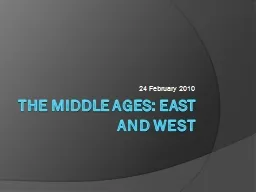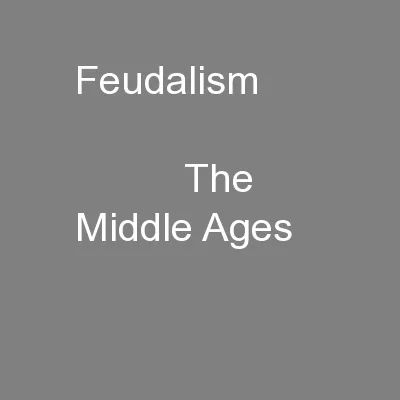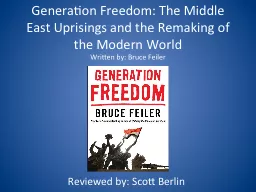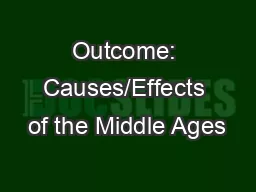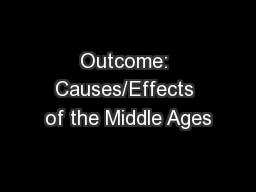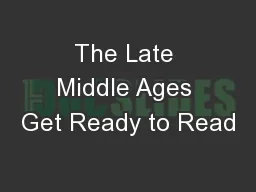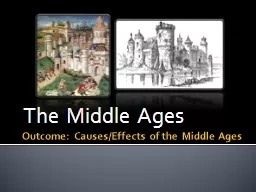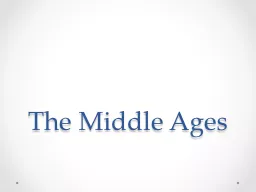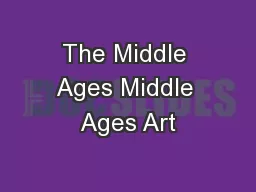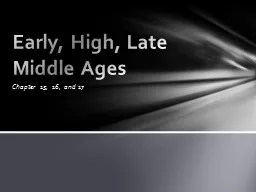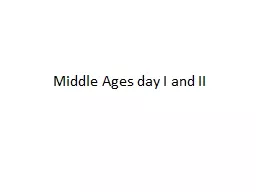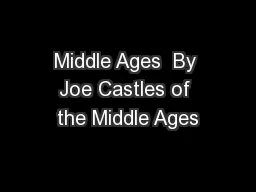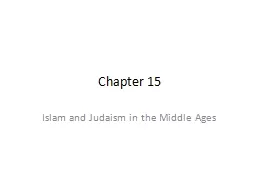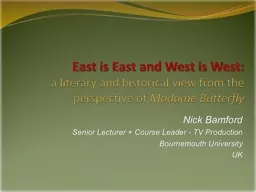PPT-The Middle Ages: East and West
Author : debby-jeon | Published Date : 2019-12-16
The Middle Ages East and West 24 February 2010 Religion under the Romans Roman religion was polytheistic and flexible Roman conservatism engendered respect for other
Presentation Embed Code
Download Presentation
Download Presentation The PPT/PDF document "The Middle Ages: East and West" is the property of its rightful owner. Permission is granted to download and print the materials on this website for personal, non-commercial use only, and to display it on your personal computer provided you do not modify the materials and that you retain all copyright notices contained in the materials. By downloading content from our website, you accept the terms of this agreement.
The Middle Ages: East and West: Transcript
Download Rules Of Document
"The Middle Ages: East and West"The content belongs to its owner. You may download and print it for personal use, without modification, and keep all copyright notices. By downloading, you agree to these terms.
Related Documents

